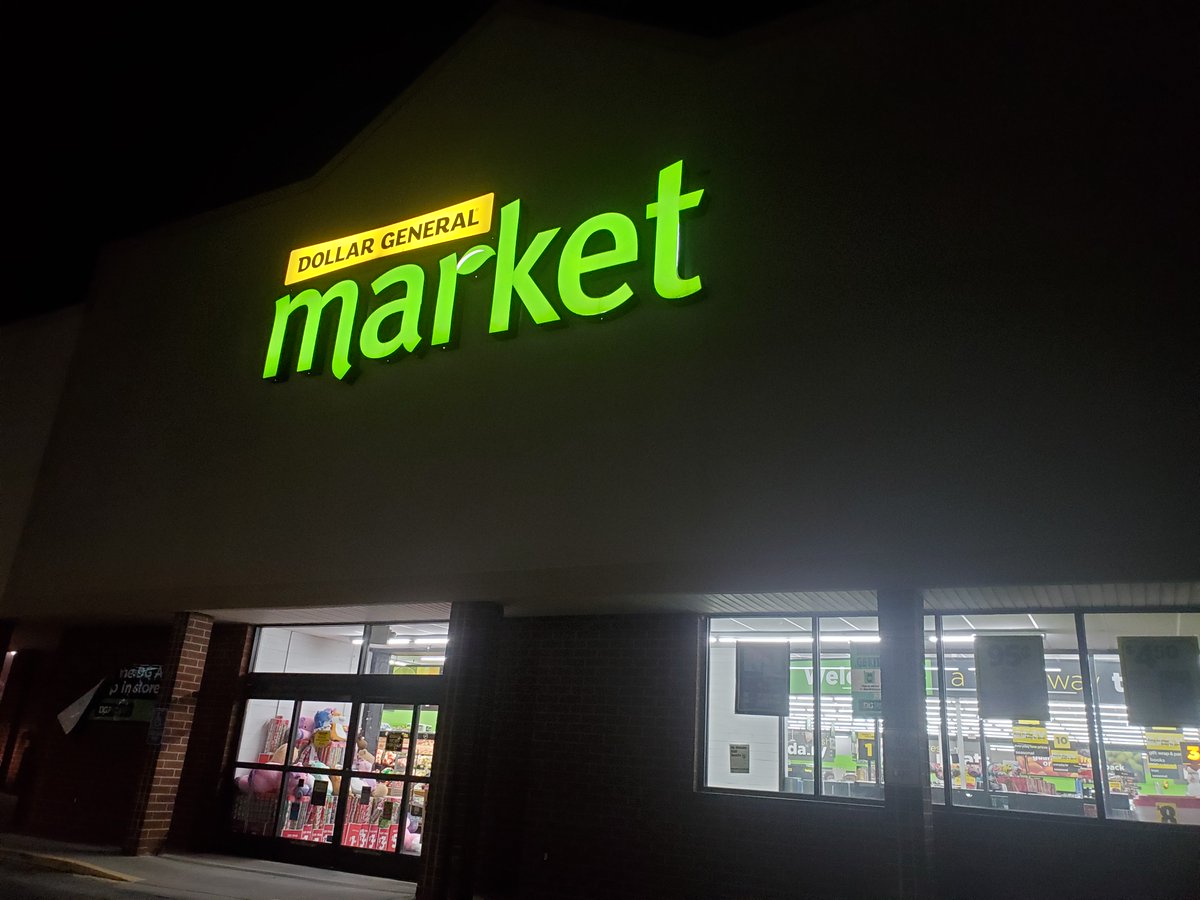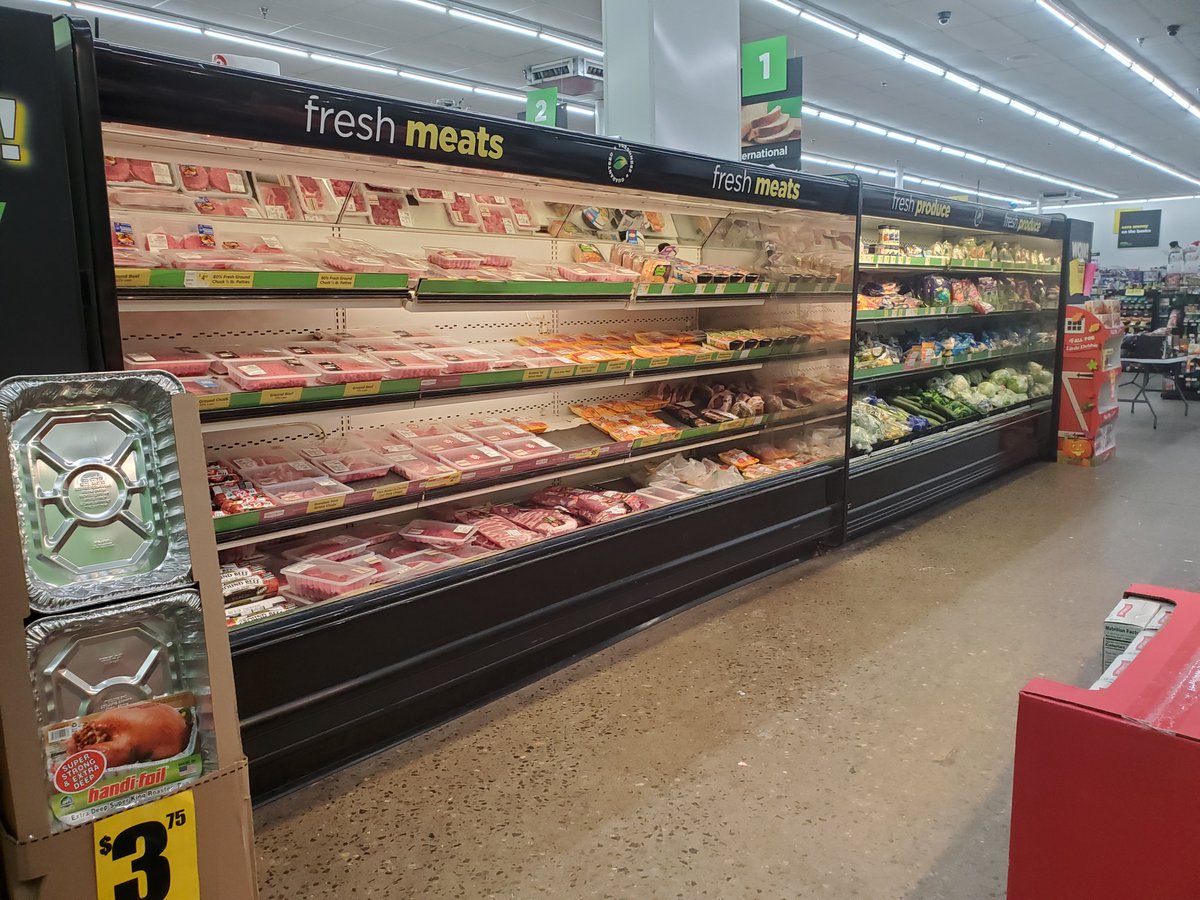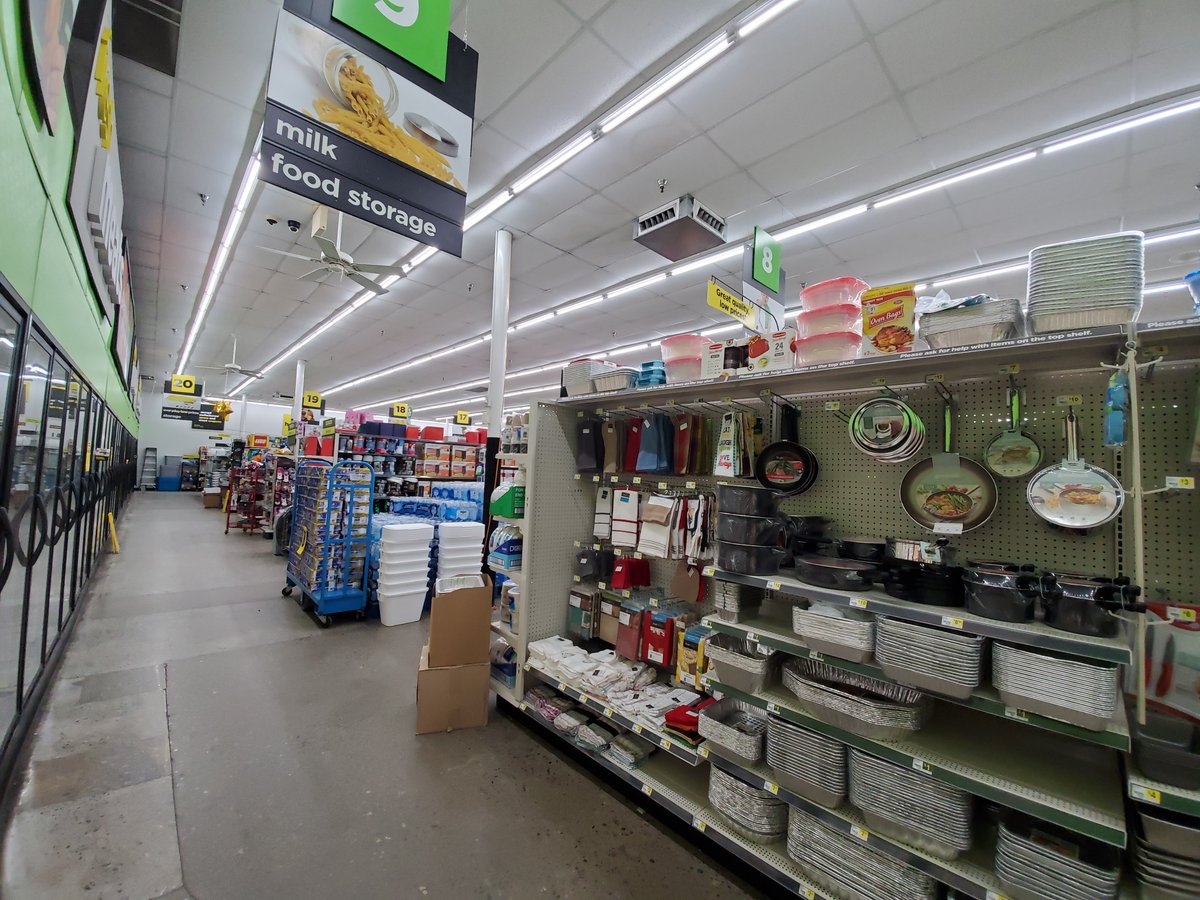I'm working on an article that will include some form of this point, but I want to make it here. Dollar stores are often viewed as a sort of miserable end-stage of brick-and-mortar retail. I think they're actually undergoing the same evolution that dime stores did in the ~1930s.
Those stores began selling very cheap stuff, often purchased as overstock/factory seconds/liquidations. Over time they got bigger and more organized. Eventually, they evolved into what we know as the discount-department store (K-Mart, Walmart, etc.)
The discount-department store evolved into the "super center," or a supermarket and a discount department store under the same roof. This concept was invented in the 1950s, believe it or not, but nobody ironed out the logistical kinks of it until Walmart in the 80s.
Today's dollar stores are essentially undergoing a sort of convergent evolution to this 20th cent. process. They've evolved from literal dollar store to basically very small discount department stores. Some even have fresh grocery - a mini supermarket. They're mini supercenters!
Dollar stores have issues, particularly around labor, and they're probably a poor replacement for small-town downtowns. But they're increasingly filling the void left by the exit of actual discount department stores around 2000, when Walmart heavily consolidated the sector.
The days of 50-mile round trips to Walmart for groceries may turn out to be a transitional period, as the dollar store continues to re-evolve the concept of the super center. Fin.

 Read on Twitter
Read on Twitter




